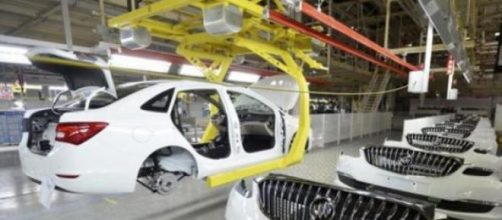China's factory sector shrank unexpectedly in January for the first time in almost two and a half years. An official survey suggests that businesses see more gloom ahead, raising expectations that Chinese policymakers will try to reverse the numbers.
According to the National Bureau of Statistics, the Purchasing Managers' Index (PMI) fell to 49.8, which is its lowest point since September 2012. Any PMI figure below 50 suggests that the factory sector is contracting. In December, the PMI was at a borderline 50.1. Only one of 11 economists surveyed by Reuters predicted that the statistic would fall. The poll forecasted that the PMI in January would be 50.2.
Economists at Development Research Centre, the Chinese government's economic think-tank, said the fall was because businesses in China did not enjoy a boom in business before China's Spring Festival Holiday like they do every year. The Spring Festival will be celebrated in mid-February this year. One economist Zhang Liqun said that a majority of the PMI indices in the country "showed a downward trend, indicating that current economic growth is still in a downtrend."
The poor numbers coming out of the world's second largest economy suggest that the state will opt for further loosening of the monetary policy. ANZ economists, in a note to clients, said: "China still needs decent growth to add 100 million new jobs this year." The note went on to say that China was entering a phase of rapid disinflation. The ANZ economists predicted that the People's Bank of China will reduce deposit rate by 25 basis points and reserve requirement ratio by 50 basis points in the first quarter.
China's economy, which has been the fastest growing in the world for more than a decade, has been marred by erratic growth in exports, a housing slump and state-led cooling down of investment in the economy. This has meant that the growth rate has reduced to a 24-year low at 7.4% last year, still well-above the global average. China's government was managing a slowdown of the economy recently so that they could reduce inflationary pressure in the economy.
© ALL RIGHTS RESERVED

